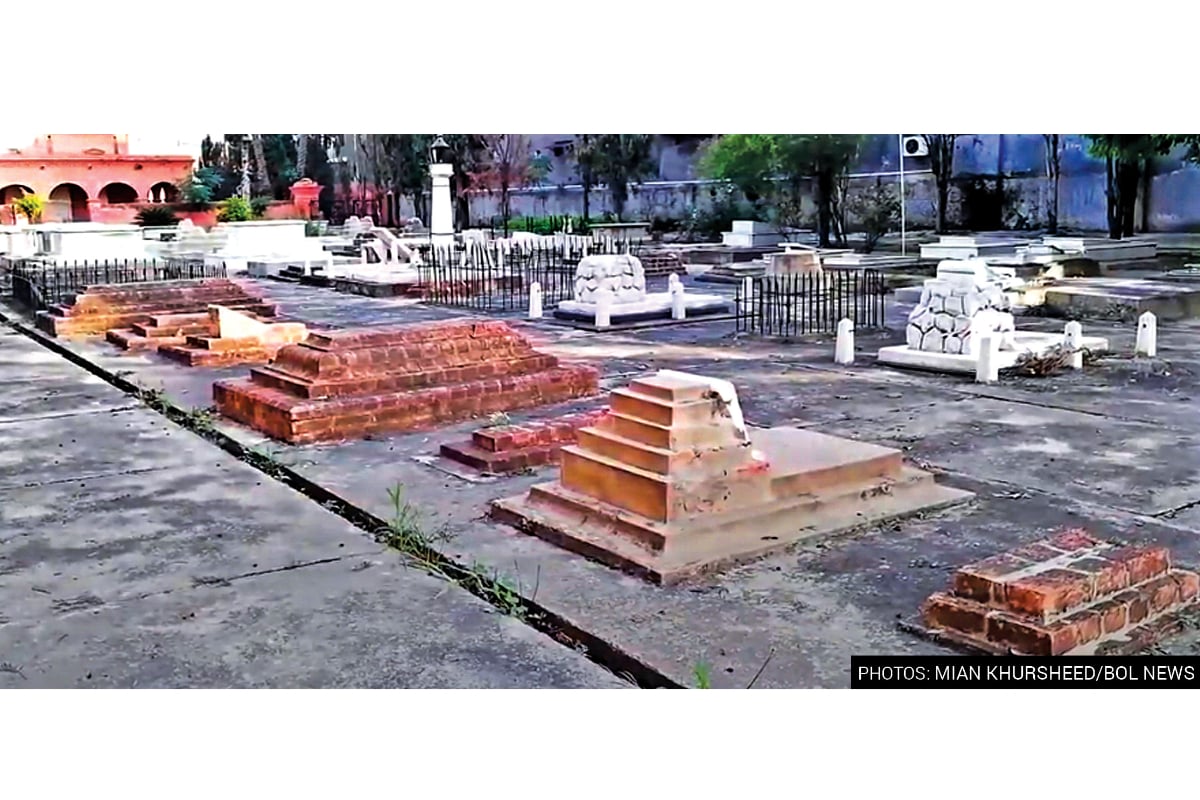
Shrinking as a people
Pakistan’s declining Parsi population a threat to cultural heritage of the community
Right behind the jewellery market on the busy Murree Road, there is an old Parsi cemetery.
This is the only one in the twin cities of Rawalpindi and Islamabad to serve for the burial of the country’s fast disappearing Parsi community.
People know little about the existence of this well over a century old graveyard established in 1890, as written on the marble plaque fixed at the entrance gate of the cemetery.
The graveyard was also hidden behind the gold market and from the middle of the market an alley led to the cemetery. Even most of the jewelers, doing business in the market, know little about the cemetery and their knowledge is confined to the level that there exists a Parsi burial place behind their market.
Before partition Rawalpindi was inhabited by Hindus, Sikhs, Parsis and according to some historians Buddhists, very small in number, lived here. It was due to this heterogeneous blend of communities that one can find Mandars, Gurdwaras and religious places of other communities intact in the city.
One can find a number of Mandals and Gurdwaras in the downtown areas as Hindus and Sikhs are mainly living in inner city areas and were having hold on the main businesses.
Before partition, a sizable Zoroastrian community was living across undivided India. As these Pari communities were mainly linked to business they came here in around 1870 seeing the prospects of business to the northern parts of the then united India.
According to the District Gazetteer of Rawalpindi Paris were mainly merchants and they began settling down in Rawalpindi for business purposes as the city was considered a gateway to the North.
The Parsi cemetery was built somewhere in early 1890. The marble plaque at the entrance gate of the cemetery reads, “This cemetery, together with the buildings and compound wall, was erected to perpetuate the memory of the late Seth Jahangirji Framji Jussawala and Setih Jamasji Hormasji Bogha—both Rawalpindi Parsi merchants—by their respective grandsons. Seth Dorabji Cowasji Jussawala and Seth Nasarwanji Jahangirji BoghaShahai in the month of Tri 1367, January 1898.”
Although the cemetery was well over a century old, graves as well as the building made up of red bricks on the left side of the entrance gate were well maintained. It gives one a pleasant feeling as the grass on both sides of the pavement was properly trimmed while the general maintenance of the place was impressive.
The architecture of the red brick structure gave the glimpse of a colonial and Gujarati look because the Paris community of Rawalpindi mainly migrated here from Gujrat. It was due to the Gujrati background that most of the tombstones carry details about the deceased both in Gujrati and English languages. There are only two employees at the cemetery, a guard and a gardener who have been working here for the last couple of decades. According to the guard of the building the custodian of the cemetery is Isphanyar Bhandara, who is also owner of Murree Brewery.
He further informed that Isphanyar Bhandara used to visit the cemetery but not on a regular basis while some of the Parsis used to visit the place on a regular basis on every Sunday to pay homage to their ancestors buried here.
Although there are no proper figures of Parsis residing in twin cities of Rawalpindi and Islamabad but according to an estimate their number is less than 100.
Traditionally, Parsis consider the elements of water, air, fire, and earth to be sacred.
They believe that corpses are impure because their putrefaction pollutes these elements. Hence, they refrain from burning or burying their dead at land or sea.
Instead, they prefer to leave dead bodies in an open area where they are consumed by scavenger birds, as the last act of charity, and as a way of purifying the remains.
For this purpose, Parsis have special ‘Towers of Silence’, high structures on which the corpses are placed and are quickly fed upon by birds and insects, while the bones are dried and disintegrated by the sun. However, due to rapid urbanisation, as well as a diminishing population of vultures, erecting and maintaining such structures is next to impossible in most cities.
Although Karachi does have two such towers, Rawalpindi’s sizably smaller Parsi community has resorted to burying their loved ones in the cemetery.
Catch all the Breaking News Event and Latest News Updates on The BOL News
Download The BOL News App to get the Daily News Update & Live News.





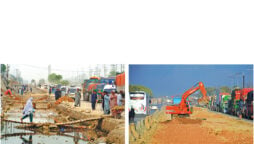

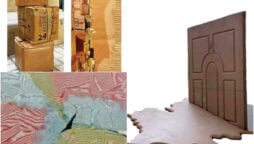
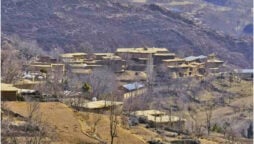

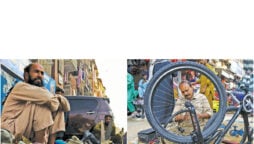

 Read the complete story text.
Read the complete story text. Listen to audio of the story.
Listen to audio of the story.